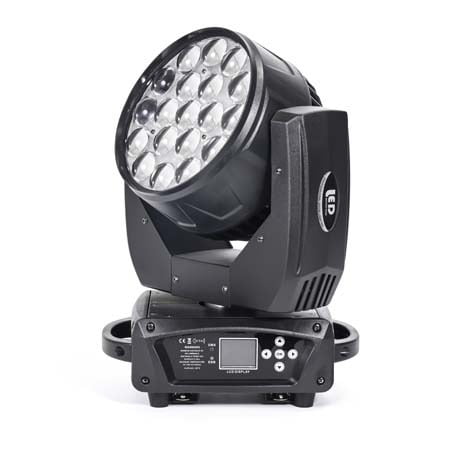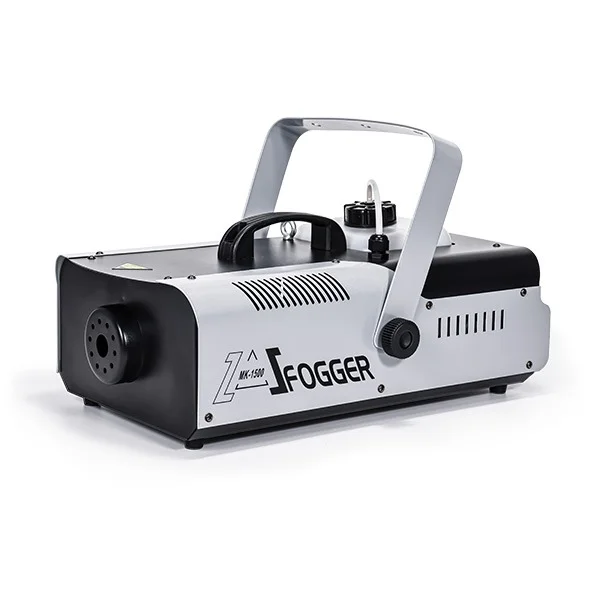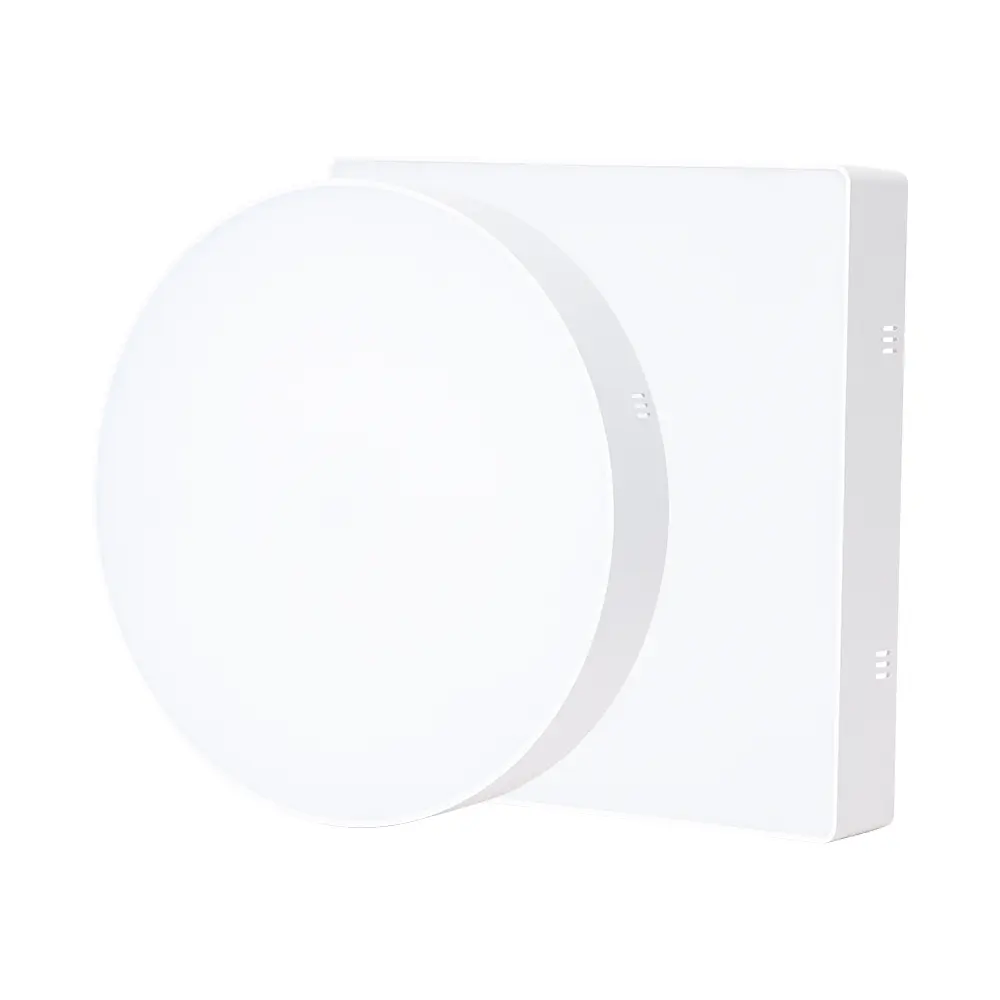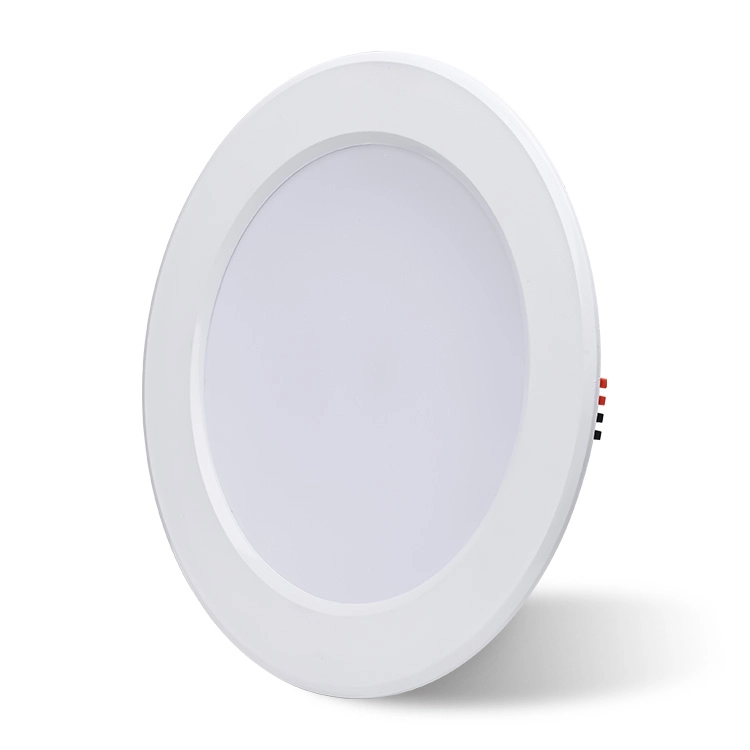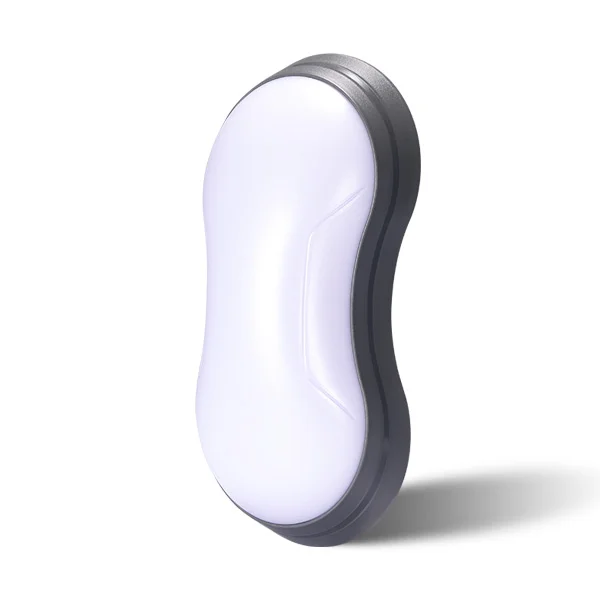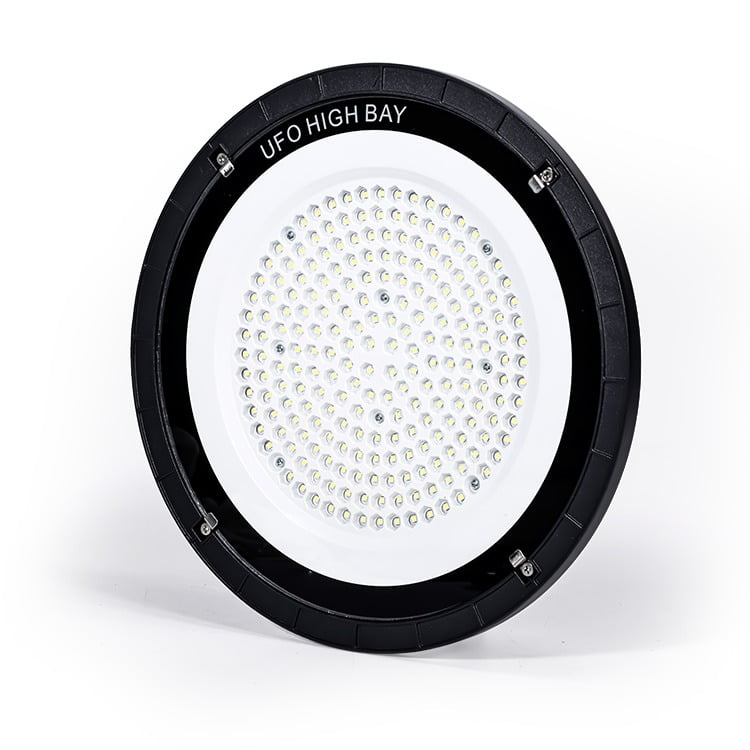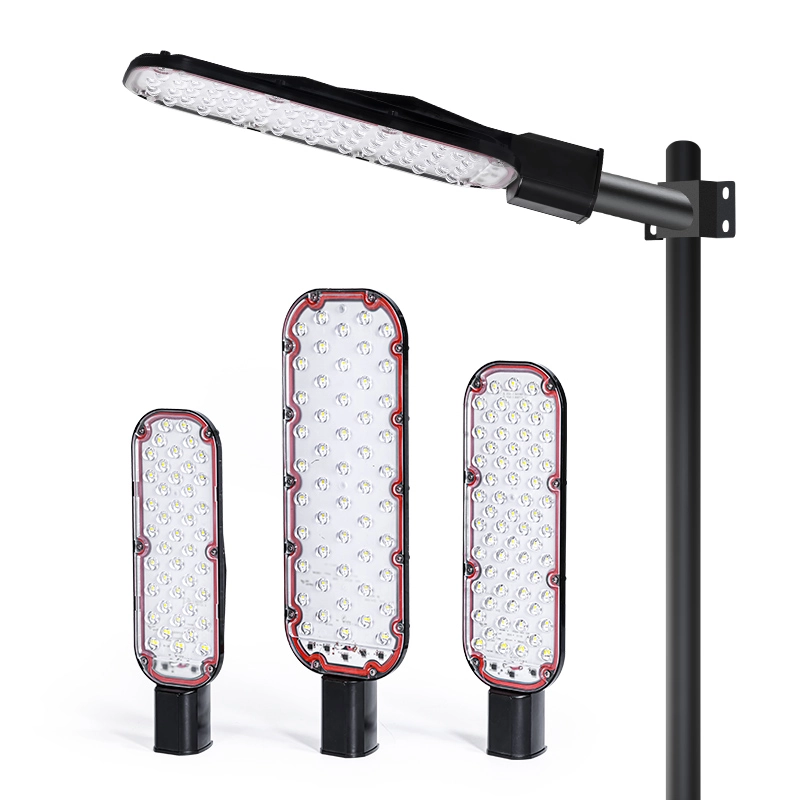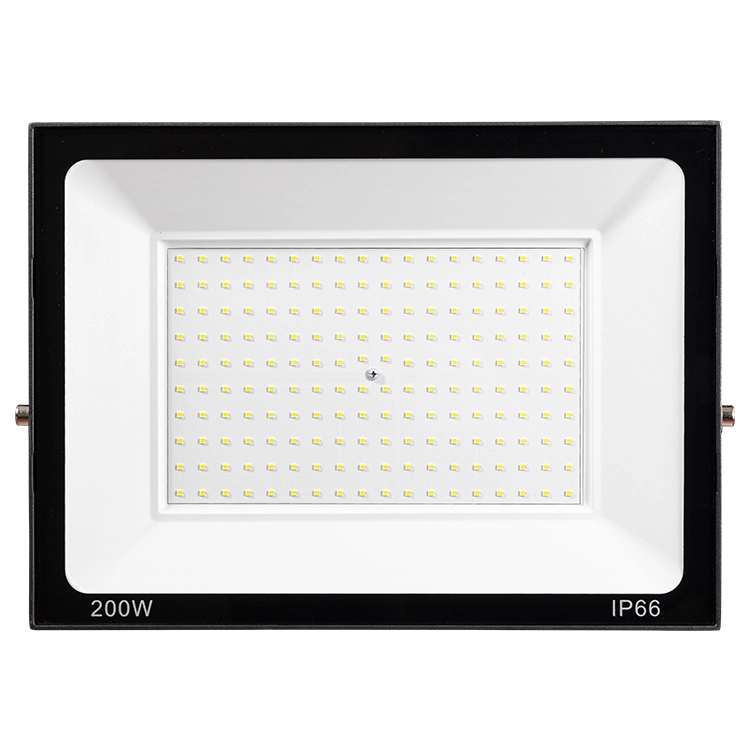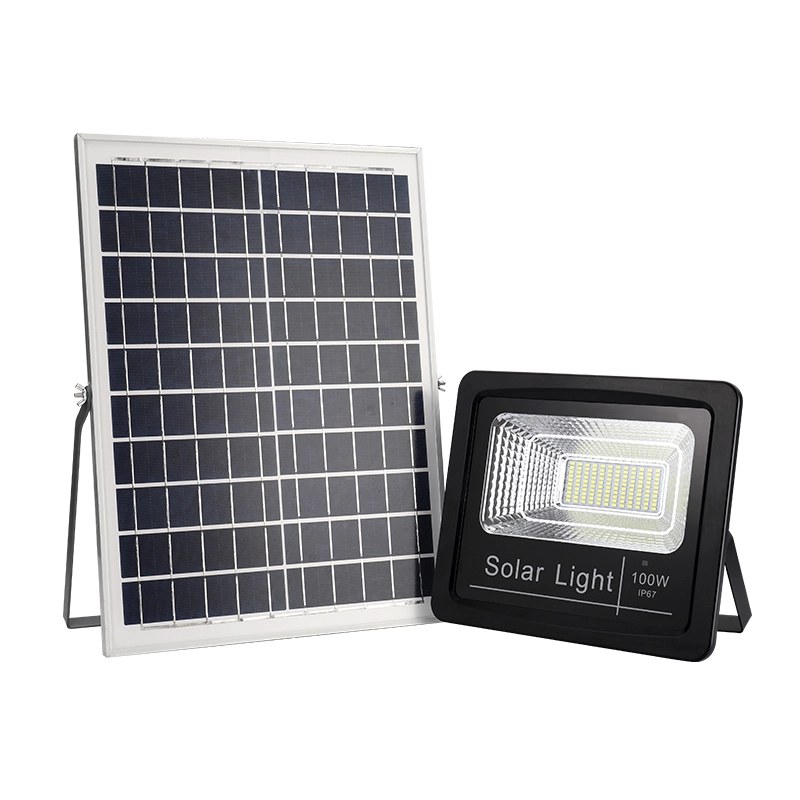Theatre lighting is about more than just making the stage visible. It’s a precise blend of emotion, timing, and storytelling. In this guide, we explore what types of lights are commonly used in theatre, their functions, and how they contribute to immersive stage productions.
Why Theatre Lighting Is Different from Concert or Event Lighting
Unlike concert lighting that emphasizes energy and movement, theatre lighting is cue-based, narrative-driven, and often understated. Its core functions are:
Highlighting actors and dialogue
Establishing mood and scene transitions
Enhancing spatial structure without distracting from the story
Core Lighting Types Used in Theatre
Profile Spot Light
The profile spot light (also known as ellipsoidal or leko) produces a sharp, controllable beam of light with adjustable shutters. It’s commonly used to illuminate actors’ faces and isolate dramatic moments on stage. In theatre, profile spot lights are essential for character focus and projection of gobos or texture patterns.
Fresnel Light
A Fresnel light emits a soft-edged beam with adjustable spread. It’s ideal for ambient lighting, smooth fades, and emotional tone control. Fresnel lights are widely used as top or side lighting in dramatic scenes where a naturalistic feel is desired.
PAR Can Light
The PAR can light is a compact, durable fixture that delivers strong colored washes over large stage areas. It’s used in theatres to paint scenic backdrops, cyc walls, or provide strong saturation in black box productions. Though less precise, PAR lights are effective for color mood and background filling.
Flood Light
A flood light offers broad, even illumination over flat scenic surfaces. It’s commonly used to light cycloramas, large set pieces, or wide backdrops. Flood lights are not used for facial highlighting but are critical for scenic consistency.
Moving Head Light
The moving head light brings dynamic movement and flexibility to modern theatre productions. It can pan, tilt, and change color or gobos in real-time. These lights are often used in musicals, touring productions, or tech-driven shows that require adaptive light effects across multiple scenes.
How Each Light Type Supports Theatre Storytelling
| Light Type | Storytelling Function |
|---|---|
| Profile Spot Light | Draws attention to performers and sharp emotional focus |
| Fresnel Light | Builds atmosphere and smooth transitions between scenes |
| PAR Can Light | Adds vibrant color to sets, supports mood consistency |
| Flood Light | Illuminates background elements and defines scenic space |
| Moving Head Light | Enhances transitions and modern effects in live shows |
Lighting Positions in a Theatre Stage Plan
Front of House (FOH)

Front of house lighting is mounted above or beyond the audience, projecting forward to highlight faces and upper body expressions. In dialogue scenes, it ensures clear visibility and audience connection.
Side Lighting

Side lighting is positioned on vertical booms or fly systems at stage left and right. It’s used to sculpt actors’ bodies and emphasize movement—particularly valuable in dance, physical theatre, or expressive blocking.
Back Lighting

Back lighting is placed behind actors to separate them from the backdrop and create silhouettes or depth. It’s ideal for musical entrances, atmospheric builds, or stylized blocking.
Top Lighting

Top lighting, mounted above the performance area, provides general illumination and is often used for spatial zoning. In intimate drama or small-space theatre, it defines actors’ positions without visual noise.
Footlights

Footlights sit at stage level and project upward, traditionally used in vintage theatre or stylized revivals. They add a classic feel and highlight lower body movement or facial shadows from below.
LED vs Halogen in Modern Theatre Lighting
| Feature | Halogen Lighting | LED Lighting |
|---|---|---|
| CRI (Color Quality) | Excellent | High (90+ in pro-grade fixtures) |
| Dimming Quality | Smooth with dimmer packs | Digital dimming, flicker-free |
| Heat Emission | Very High | Low |
| Energy Efficiency | Low | High |
| Maintenance | Frequent lamp replacements | Long life, low maintenance |
Most theatres are gradually switching to LED profile spot lights and LED Fresnels for their energy savings, longer life, and advanced control.
Case Example: Black Box Theatre Setup (8m × 6m Stage)
Here’s a sample setup for a compact venue:
4 Fresnel lights as top light to create ambient mood
2 profile spot lights at FOH for actor focus and cue-based precision
2 PAR can lights for background color washes
DMX lighting console for scene transitions and cue control
This setup supports most small productions with tight budgets and limited rigging options.
Glossary of Theatre Lighting Terms
Profile Spot – A sharply focused light with shutters for shaping the beam.
Fresnel – A soft-edged light used for washes and mood control.
Gobo – A stencil inserted in a light to project textures or patterns.
DMX – The digital control protocol used to trigger lighting cues.
Color Temperature – Describes light’s visual warmth or coolness in Kelvins.
CRI – Color Rendering Index, measures how true colors appear under a light source.
Pro Lighting Design Tips for Theatre
Always combine profile spots with Fresnels for both precision and softness.
Use top lighting for emotional isolation, especially in black box venues.
Layer side and back lighting to add visual texture and depth.
Don’t rely solely on moving heads for key lighting—they can drift or miscue.
Pre-program DMX cues to match blocking and dialogue timing.
FAQ
What is the most commonly used light in theatre?
The profile spot light, due to its accuracy, shuttering, and cue control.
Can moving lights replace traditional fixtures?
Not entirely. While flexible, they lack the focus reliability of static profiles and Fresnels.
Are LED lights now standard in theatres?
Yes—LED profile spot lights and LED Fresnels are becoming the new standard for their energy efficiency and color control.
What’s the best light for illuminating actors’ faces?
A profile spot light or a Fresnel with a soft filter provides flattering, clear face lighting.
Final Thoughts
Choosing the right theatre lights means balancing emotional impact, spatial focus, and technical control. With the right combination of profile spots, Fresnels, PAR cans, and modern LED fixtures, lighting becomes an invisible character in your story.
Need help designing a theatre lighting plan? Contact our team for tailored rig suggestions and support.


